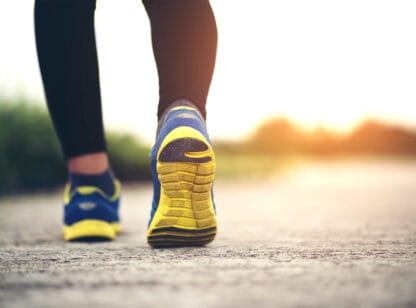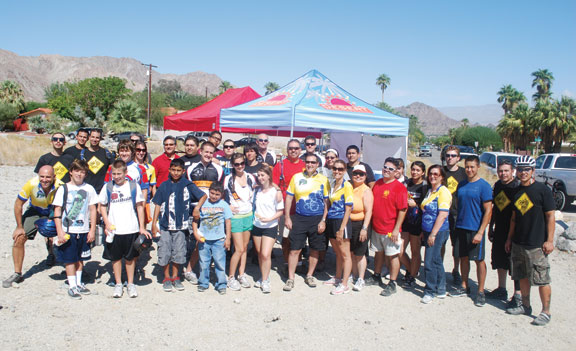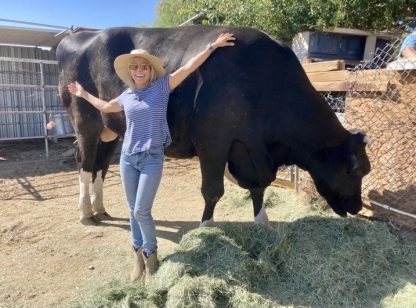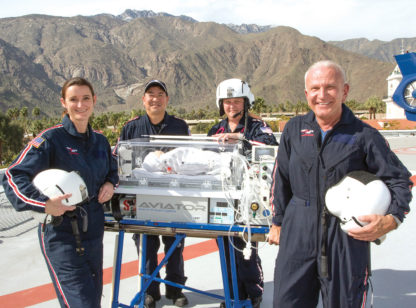Over the past 20 years, our nation has become a computer-driven, sit-on-the-couch society. The urge to text a friend, write on your Facebook page, or play violent video games has become second nature for our children. Most schools across the country have either eliminated physical education classes past the tenth grade or have not made it mandatory. It is no wonder nearly 70% of middle school children in California fail the President’s Physical Fitness test.
It has been said that because of the statistical rise of obesity in our country, this generation may not outlive their parents. Diabetes, high blood pressure, cancer and heart disease are at an all-time high, and children are hooked on energy drinks, soft drinks and other beverages with sugar and caffeine. Fast food is a mainstay in many households and children increasingly stay up late watching TV or playing video games and not getting the sleep their growing bodies need.
Our children are at risk and often have very little idea of the magnitude of this problem – or the consequences. At home, we must educate our children and reinforce good nutrition and lifestyle habits. Summer break is an ideal time to encourage our kids to get off the couch and participate in physical activity.
Sports Conditioning Camps Can Create Change
Whether kids are athletes or have never exercised before, a summer conditioning camp can kick start their interest in a healthier lifestyle. In our camps, we watch shy, low self-esteem kids blossom into fitness enthusiasts after exposing them to fun, energy-driven activities. Group programs with team participation encourage kids to succeed and feel good about themselves and their accomplishments. I have witnessed depressed children come out of their shells and minimize their symptoms through exercise. Over and over again we hear from parents who can’t believe their child wakes up early on their own and looks forward to attending each session – typical of middle schoolers newly exposed to fitness in a fun, age-appropriate environment.
When choosing a conditioning camp for your child, be sure to consider the following:
Time & Location: Proximity and scheduled hours need to work for both you and your child. When hot weather is a factor, as here in the Desert, the earlier the better to maximize physical activity and avoid heat exhaustion and dehydration.
Trainer Credentials & Ratio: What really makes a camp successful is the impact the trainers have on the kids. The trainers should show passion and interact with the participants as often as possible. You also need to consider their experience and credentials. This is very important in knowing that your young athlete is safe. A trainer that has a degree and holds national level credentials is highly advised. Also knowing the ratio of trainers to participants is important. Ideally, there should be a maximum 1-15 trainer to athlete ratio to ensure safety and proper supervision.
Types of Activities: You also want to ask questions regarding the types of activities and events that are planned. To inspire kids these days, fitness has to be fun and creative. Obstacle courses, running, skipping and strength training activities are examples of effective programming elements. Ensure that dynamic warm ups and cool downs are included to avoid musculoskeletal injuries.
Nutrition & Hydration: Ensure that your camp of choice has someone on staff qualified in nutrition for young athletes. I have given many lectures and seminars to local middle schools, high schools and sports organizations covering topics such as energy foods that help with recovery after workouts; appropriate breakfast, lunch and dinner choices for an exercise routine; and how much sleep you should get for optimal mental and physical recovery. Beverages being offered should also be considered to ensure non-sugary, truly healthy options are provided.
Progress Reports: To best ensure lasting lessons and change, kids need to see positive change. Sports conditioning camps should offer pre- and post-testing in order to give the athlete feedback about their progress. Typical tests may include the number of pushups and/or sit-ups per minute, and a shuttle run to determine cardiovascular fitness. For more advanced athletes, tests may include the 40-30-20 yard dash, vertical jump, 5-10-5 agility test and long jump test.
Program Length & Size: Change takes time. Consider a camp that lasts a month, not just a week. This gives participants ample time to show performance gains and for healthy habits to be instilled.
Look for smaller populations as it is easy to get lost when a camp has attendance of over 100 kids. Also, having siblings participate can often be a positive influence, and help build bonds that continue back at home long after camp ends. Above all, consider your child and his/her specific needs and interests in choosing the best-suited conditioning camp for him or her.
Healthy habits begin at home. Sending your kids to a conditioning camp can jumpstart their understanding the value of those healthy habits and making healthy decisions moving forward.
Michael Butler is co-owner of Kinetix Health and Performance center in Palm Desert. He holds a state license as a physical therapist assistant, national certifications of distinction through the NSCA as a strength and conditioning coach, a Poliquin International state coach, and as a Full Body Active Release Techniques Practitioner. Mike can be reached at 760-200-1719 or [email protected].


















































Comments (0)